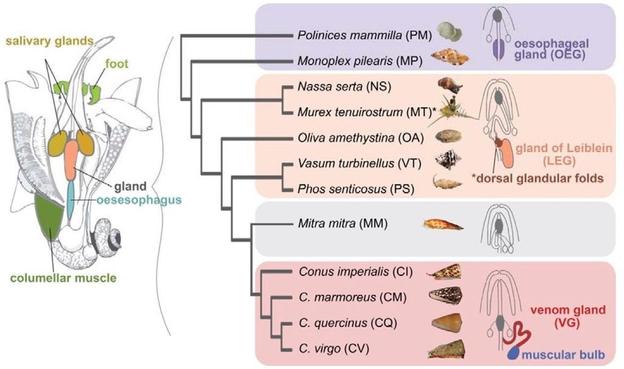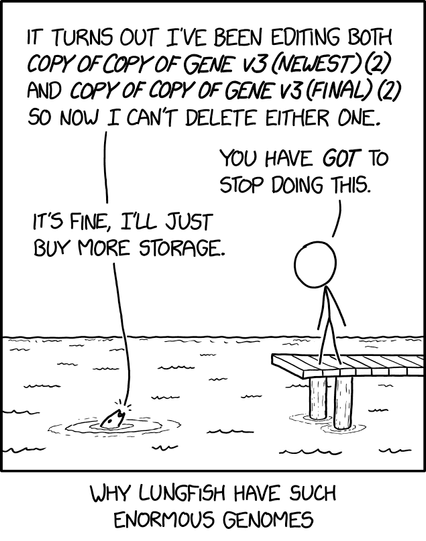The paper: https://bmcbiol.biomedcentral.com/articles/10.1186/s12915-025-02248-1
The press release (in 🇫🇷) https://www.unil.ch/news/1749727639234 #Venom #Spiders #EvoDevo #MolecularEvolution

Beyond venomous fangs: Uloboridae spiders have lost their venom but not their toxicity - BMC Biology
Background Venom, one of nature’s most potent secretions, has played a crucial role in the evolutionary success of many animal groups, including spiders. However, Uloboridae spiders appear to lack venom and capture their prey, unlike venomous spiders, by extensive silk-wrapping and regurgitation of digestive fluids onto the entire prey package. A prevailing hypothesis posits that toxins may have been reallocated from the venom to alternative secretions, like silk or digestive fluids. Yet, whether uloborids have retained venom toxins and the mechanisms underlying prey immobilisation remain unresolved. Here, we employed a multi-disciplinary approach to assess the absence of venom glands in Uloborus plumipes, toxin gene expression and toxicity of digestive proteins. Results Our findings confirm that U. plumipes lacks a venom apparatus, while neurotoxin-like transcripts were highly expressed in the digestive system. Midgut extract had comparable toxicity levels to that of the venomous Parasteatoda tepidariorum. However, no inhibitory effects on sodium nor potassium channels were observed, indicating a different toxic mechanism. Conclusions These findings support the hypothesis that Uloboridae spiders have lost their venom apparatus while retaining toxin-like genes. The potent toxicity of their digestive fluids, a trait conserved across spiders, likely compensate for the absence of venom, ensuring effective prey immobilisation and digestion.

